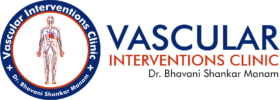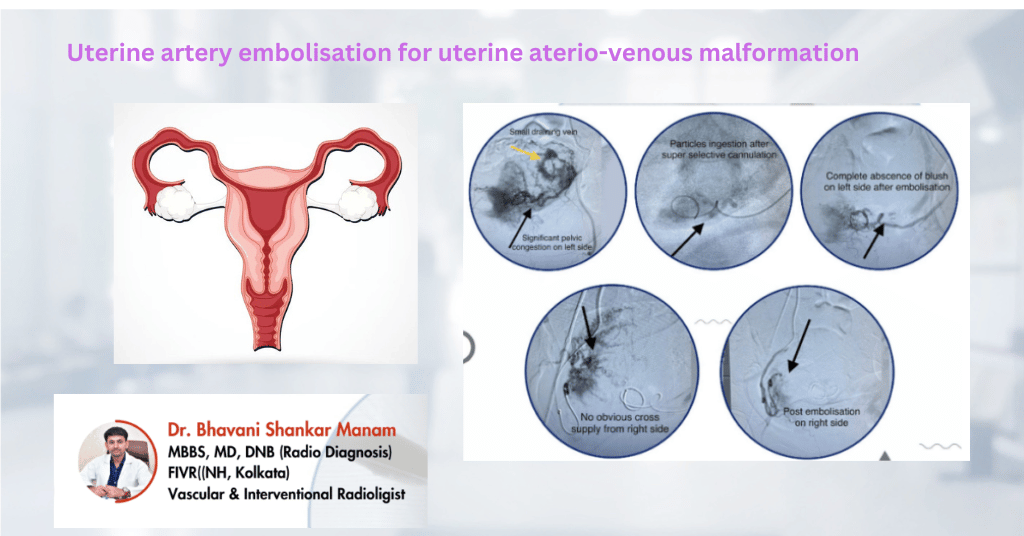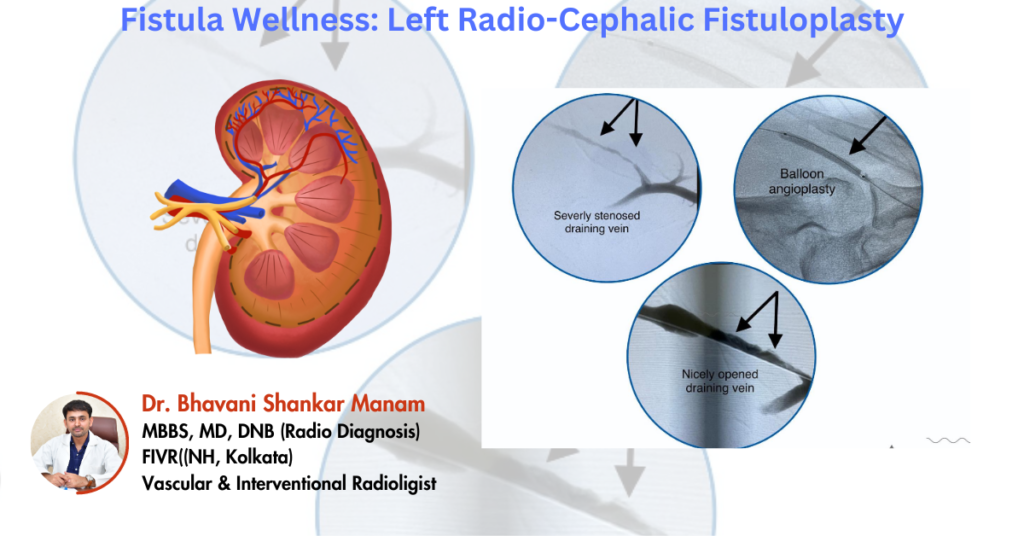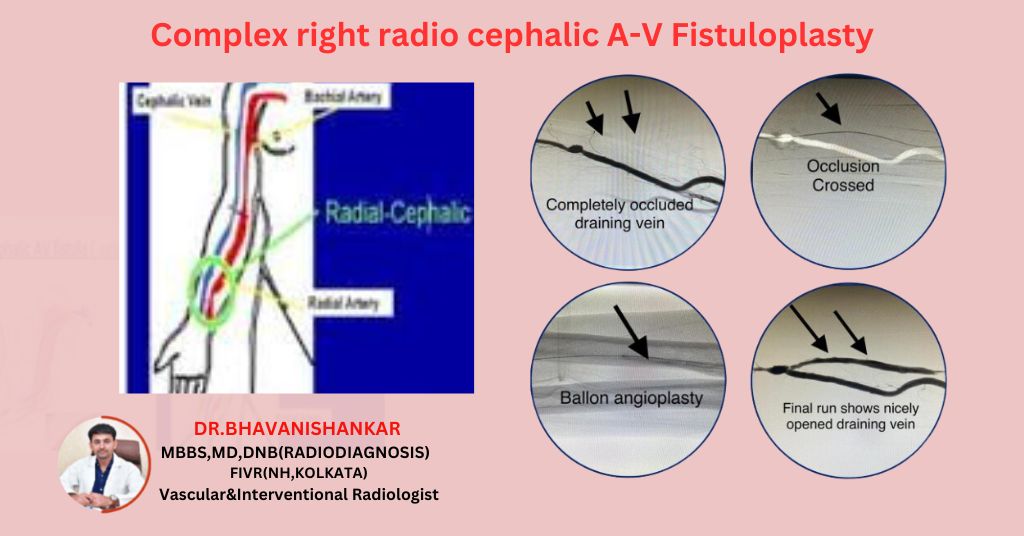Obstruction of the left central vein significantly impairs blood flow in areas close to the heart, potentially leading to uncomfortable symptoms and complications. Fortunately, offers hope for affected individuals by addressing these obstructions. In this blog, we will explore central venous obstruction, its symptoms, and the potential benefits of this procedure for improving quality of life.
What is Central Venous Obstruction?
Central venous obstruction refers to the blockage of blood flow in the veins surrounding the heart. This blockage often arises from blood clots, pressure from neighboring structures, or inflammation. Symptoms can vary, affecting localized areas and potentially impacting the entire body.
Symptoms of Central Venous Obstruction
Recognizing symptoms is crucial for timely intervention. Common signs include:
- Swelling and pain in the affected region
- Changes in skin color
- Visible or enlarged veins
In severe cases, patients may also experience chest pain or shortness of breath, indicating a need for immediate medical attention.
Treatment of Central Venous Obstruction
Several treatment options exist, including:
- Anticoagulant Therapy: Patients are often prescribed blood-thinning medications to prevent or treat clots, facilitating improved blood flow.
- Thrombolytic Therapy: Thrombolytic drugs help dissolve blood clots in the veins, restoring normal circulation.
- Vascular Interventions: If other treatments prove ineffective, procedures such as angioplasty or stent placement may be recommended.
What is Left Central Vein Angioplasty?
Left central vein angioplasty specifically targets blockages in veins on the left side of the body, such as the left subclavian or brachiocephalic vein. During this procedure, a balloon-tipped catheter is inserted to widen the narrowed segment of the vein. In some cases, doctors may place a stent to keep the vein open.
Benefits of Left Central Vein Angioplasty
This procedure offers numerous benefits, including:
- A minimally invasive approach, resulting in less discomfort
- A short recovery period, allowing patients to return to daily activities quickly
- Significant reduction in swelling and pain
- Increased blood flow, leading to greater overall comfort
Who Can Undergo Left Central Vein Angioplasty?
Candidates typically include:
- Individuals with central venous obstructions that have not responded to other treatments
- Patients experiencing persistent symptoms such as swelling and dyspnea, which significantly affect their quality of life
Complications and Recovery Following Left Central Vein Angioplasty
While generally safe, it is essential to acknowledge potential risks, including bleeding, infection, and damage to surrounding blood vessels. Fortunately, most patients can resume normal activities relatively soon after the procedure, enjoying an improved quality of life.
Conclusion
Left central vein angioplasty has emerged as an effective treatment for individuals suffering from central venous obstruction. This procedure successfully restores blood flow and alleviates symptoms that can significantly impact quality of life. As medical science continues to advance, we can anticipate even greater efficacy and safety in treating this condition. For further inquiries or to learn more about this procedure, please contact us.



